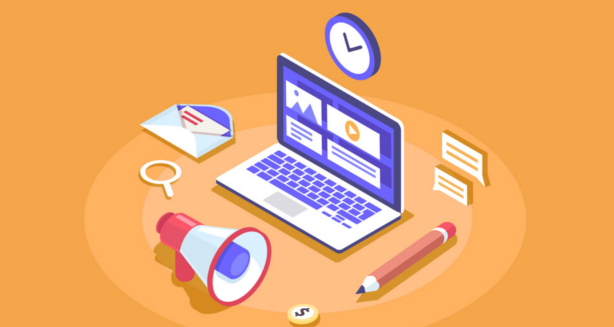One of the tools that have revolutionized the way businesses operate is email automation. This technology not only saves time but also boosts overall efficiency. Here’s how:
What is Email Automation?
Email automation refers to the use of software to send emails automatically based on predefined triggers or schedules. This can include sending welcome emails to new subscribers, follow-up emails after a purchase, or reminders for upcoming events.
Benefits of Email Automation
- Time-Saving:
- Automated Responses: With email automation, you can set up automatic responses for common queries. This reduces the need for manual replies and frees up time for other tasks.
- Scheduled Emails: You can schedule emails to be sent at specific times. This is particularly useful for marketing campaigns, ensuring that emails reach recipients at optimal times without manual intervention.
- Personalization:
- Customized Content: Automated emails can be personalized based on customer data. This means each recipient gets content relevant to their interests, which increases engagement.
- Segmentation: You can segment your email list and send tailored messages to different groups. For example, you can send special offers to loyal customers and introductory discounts to new subscribers.
- Improved Efficiency:
- Workflow Automation: Email automation integrates with other systems like CRM and e-commerce platforms. This ensures a seamless flow of information and automates tasks like updating customer records and tracking sales.
- Analytics and Reporting: Automated email systems provide detailed analytics. You can track open rates, click-through rates, and conversions. This data helps refine your strategies for better results.
- Consistency:
- Brand Consistency: Automated emails ensure that your messaging is consistent. Every email follows the same format and tone, reinforcing your brand identity.
- Regular Communication: Automation allows for regular communication with your audience. Whether it’s a weekly newsletter or a monthly update, you can keep your audience engaged without the risk of forgetting.
Practical Applications
- Welcome Series: Automatically send a series of welcome emails to new subscribers, introducing them to your brand and services.
- Abandoned Cart Reminders: Send reminders to customers who added items to their cart but didn’t complete the purchase, encouraging them to finalize the transaction.
- Re-engagement Campaigns: Reach out to inactive subscribers with special offers or new content to re-engage them.
- Event Invitations and Reminders: Automatically send invitations and reminders for webinars, workshops, or any other events.
Getting Started with Email Automation
- Choose the Right Tool: There are many email automation tools available, such as Mailchimp, Sendinblue, and HubSpot. Choose one that fits your business needs and budget.
- Define Your Goals: Clearly outline what you want to achieve with email automation. This could be increasing sales, improving customer retention, or growing your subscriber list.
- Set Up Triggers and Workflows: Determine the triggers for your automated emails (e.g., a new subscriber, a purchase made) and set up workflows that dictate the sequence of emails.
- Create Quality Content: Ensure your emails are well-written, visually appealing, and provide value to the recipient.
- Monitor and Optimize: Regularly review your email performance metrics and make necessary adjustments to improve effectiveness.
Email automation is a powerful tool that saves time and boosts efficiency. By automating repetitive tasks, personalizing content, and ensuring consistent communication, businesses can enhance their marketing efforts and improve customer relationships. Start leveraging email automation today to see tangible benefits in your business operations.




